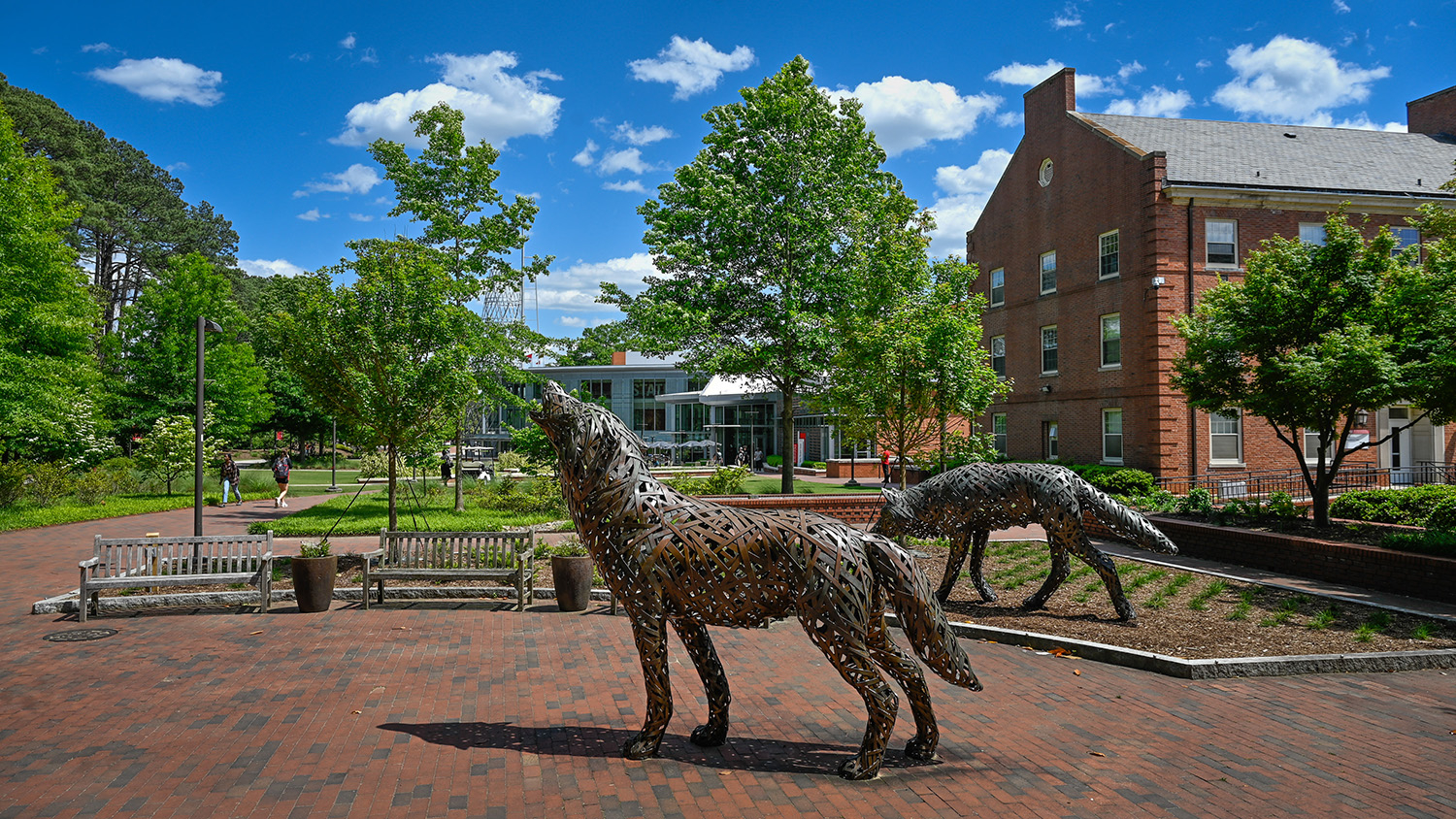Preserving Southern History
Dick J. Reavis understands laborers. He is a civil rights movement veteran and worked two summers as a day laborer in Raleigh to research “Catching Out; The Secret World of Day Laborers,” his book recently published by Simon & Schuster.
So when Reavis, associate professor in the Department of English, found the Southern Worker, a semi-legal, semi-clandestine regional publication of the Communist Party as a footnote in Robin Kelley’s “Hammer and Hoe,” a history of Alabama, he was intrigued.
“After ordering a microfilm, I read it and fell in love immediately,” he says.
Part of the appeal was that the Southern Worker, published in Chattanooga, Tenn. and Birmingham, Ala. from 1930 to 1937 was “low to the ground” and close to the concern of its readers who were largely African-American farmers and laborers.
Unlike the Daily Worker, New York’s larger communist newspaper, Southern Worker limited its “Soviet-praise” articles, reporting liberally on strikes and labor issues instead. What really touched Reavis were the anonymous letters from readers sharing what their lives were like.
“You get this touching and unfiltered horse’s-mouth report on the Great Depression. The journalist in me wanted to preserve that,” Reavis says.
“I believed this newspaper would offer details about the Great Depression like no other book did.”
In one letter dated Nov. 8, 1930 a man describes not knowing what to do after being out of work for months with two newborn children.
“I only have a flashlight to sell to buy food for my family but it is hard to sell. Everybody is in the same shape,” the man writes.

Then on Sept. 20, 1930, a woman writes about her deceased husband who had worked in a Chattanooga pipe shop for five years, doing the work of two men for $18 a week. When he suddenly died, his boss never helped.
“I want the people to know there is no benevolence in the boss,” the woman writes.
In another poignant letter a Birmingham, Ala., man despairs a lack of charity although his seven children are “crying for bread.”
Pulling Together History
The ambitious three-year project required salvaging copies of poorly-shot microfilm from libraries across the country. That meant using a hand-crank microfilm machine to read the barely legible text.
Reavis created an index and recorded more than 8,000 names mentioned in the paper so genealogists could gain information on their ancestors. Reavis then converted the microfilm to JPEGs, and with his student’s help, archived 300 copies as PDFs to an Internet archive. This is where the Southern Worker is published today.
Reavis learned the Southern Worker had three editors, including a Jewish-American man using the pseudonym, “James S. Allen.” He also learned the newspaper was published underground at a print shop in Rossville, Ga. Unions and communism were not illegal in the South back then; but it was illegal to criticize government-sanctioned Jim Crow laws which advocated segregation and oppression of blacks —and this was a recurring editorial theme.
“The Southern Worker was an anti-racist newspaper and the first Southern newspaper published largely by whites who took an unflinching stand against Jim Crow.”
Reavis also found previously unrecorded history on Southern towns. One front page reports on a strike by New Orleans dock workers. A later edition reports on landlords lynching a tenant in Tarboro, N.C. Another article gives a first-person account of 20-hour work days in a Chattanooga city tunnel.
Reavis feels the now-completed project successfully offers insight into the way poor Southerners fared during the Great Depression.
“The Southern Worker will hopefully stand out as a landmark publication,” he says.
- Categories:


